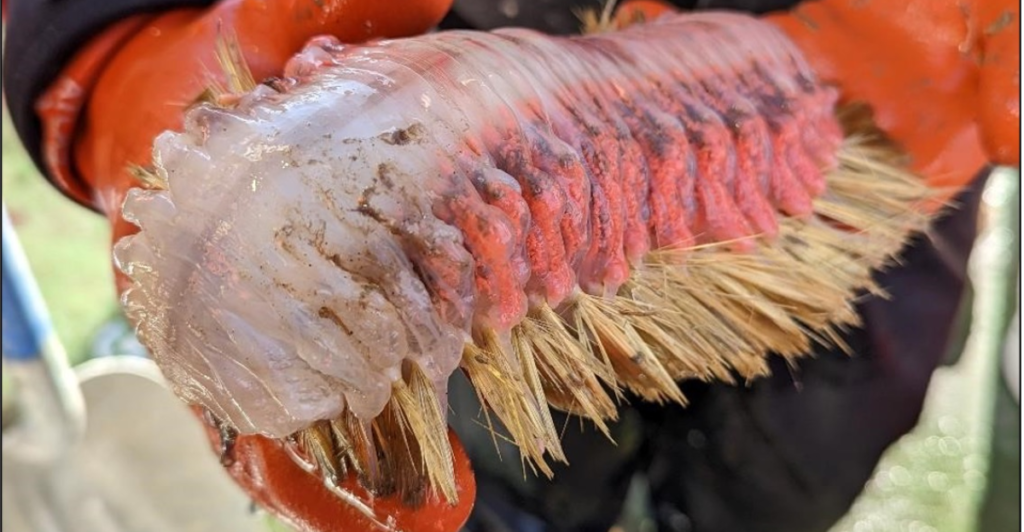
Modern science has pushed the boundaries of genetics and biology. This has sometimes led to disturbing results. Some of these accidental creatures seem like they belong in nightmares…
1. The Human Sheep Pig

In an attempt to grow human organs for transplantation, scientists mixed human cells with sheep and pigs. Their objective was to use animals for organ harvesting, but the idea raised some serious ethical issues and fears.
2. The Bucardo
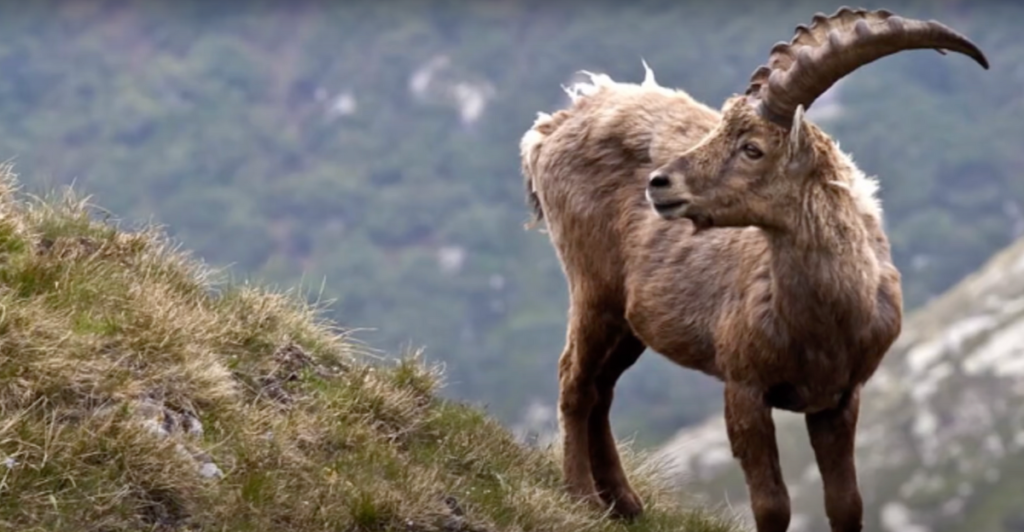
The Bucardo was a type of wild goat that went extinct in 2000. But scientists managed to bring it back using cloning technology. Unfortunately, the cloned Bucardo only lived for a short time. It’s a chilling reminder of how science can sometimes resurrect life – but not always in the way we expect.
3. The Goat Spider
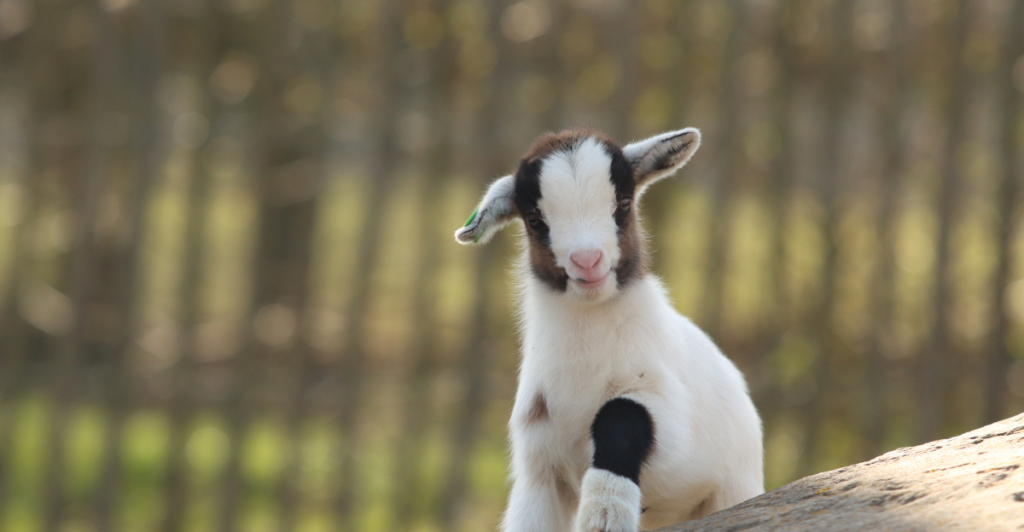
Researchers mixed spider DNA into other creatures as an experiment. One of these creatures were goats. In a particular case, scientists used goat milk to produce spider silk. While not a perfect hybrid creature, the thought of a “goat spider” is scary. Imagine a blend of farm animals and creepy, crawly creatures.
4. Human Cows

In the 2000s, scientists attempted to create cows with human DNA. These “human cows” were created to produce milk with human proteins, with the aim of to improving medicine for human infants. However, the thought of genetically modified cows producing human-like substances makes us wonder about the nature of life itself.
5. The Pink Bollworm
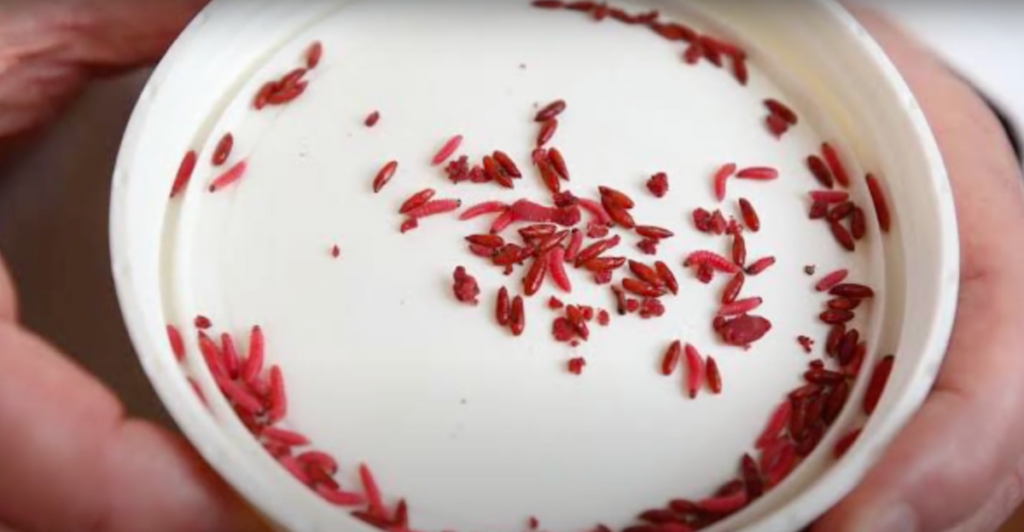
The pink bollworm is a pest that consumes cotton plants. Scientists genetically modified bollworms to reduce the damage they cause to plants. While this was meant to protect crops, the consequences of meddling with nature could have a much larger and more serious consequence on ecosystems.
6. Zombie Dog Head

In a particularly bone chilling experiment, scientists attempted to keep a dog’s head alive after decapitation. They did this by using advanced medical technology. The outcome was a zombie-like head, still able to respond to stimuli, though clearly not living. It was a creepy exploration of the limits of life and death.
7. The Cane Toad

Originally brought to Australia to control pests, the cane toad has become a serious environmental problem. Its population exploded, and it quickly became a harmful invasive species. While the idea seemed like a real solution, the cane toad proves how science can still get it wrong when nature isn’t respected.
8. The Artificial Alien
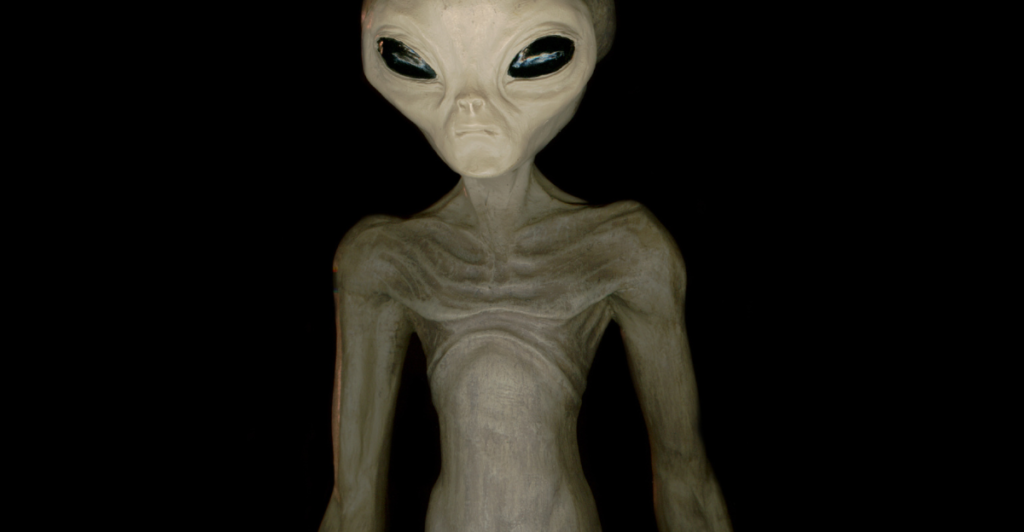
Scientists have been creating life forms that resemble what we imagine alien species could look like. They did this in an attempt to study extraterrestrial life. These man made aliens are engineered for research purposes but made scientists wonder what other implications this experiment could have had.
9. The Humanzee
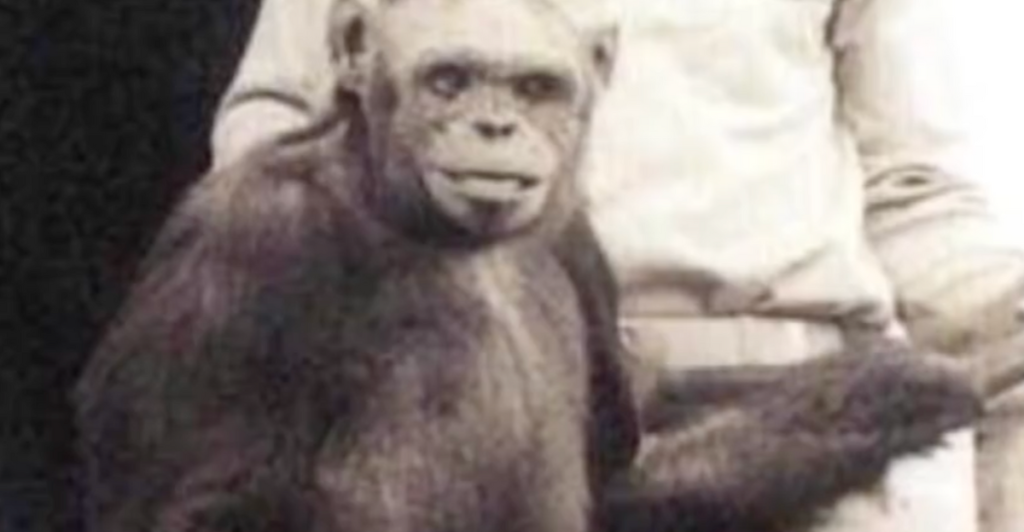
The “humanzee” is a term for a hybrid between chimpanzees and humans. There have been attempts to mix the 2 breeds in the past, though none were successful. The idea of a human-like animal brings up serious ethical concerns. It challenges the boundaries between humans and other species.
10. The Montauk Monster
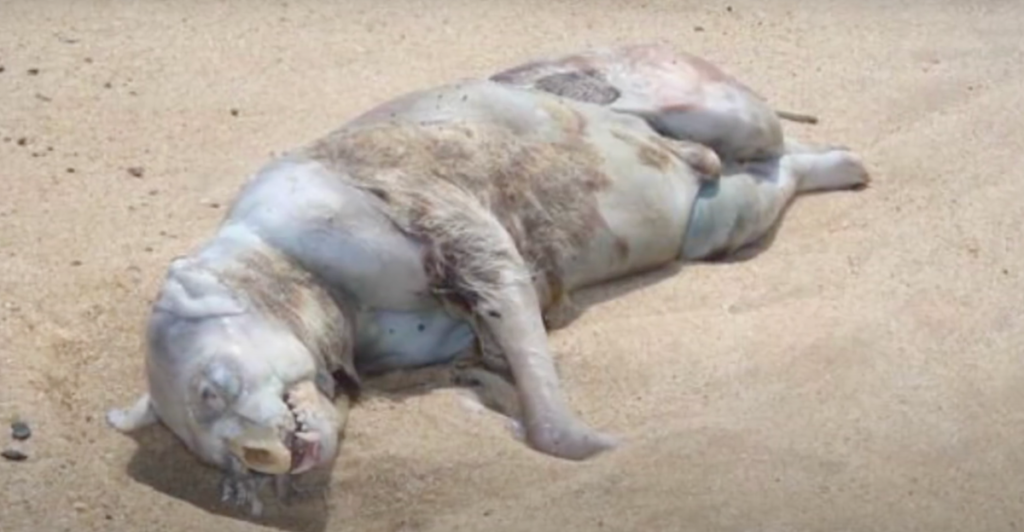
The Montauk Monster is a mysterious creature that supposedly washed up on the shores of Long Island in 2008. Some people believe it was the consequence of a secret government experiment. Others think it was simply an unknown, strange animal. Regardless of its origins, the Montauk Monster is yet another addition to the eerie possibilities of modern science.
The Humanzee: A Human-Chimp Hybrid?
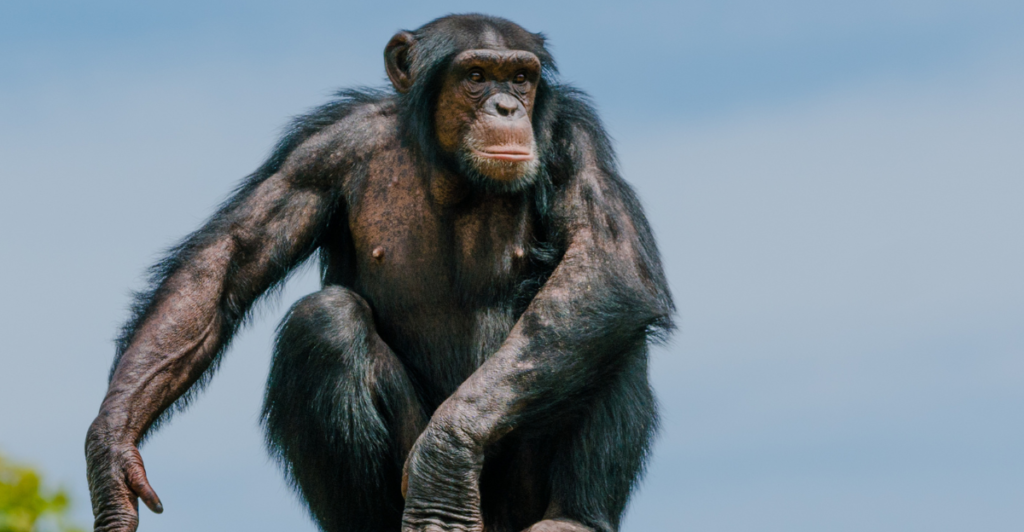
These creatures show how modern science can sometimes cross moral boundaries, raising questions about how ethics play into scientific advancement. As technology continues advancing, we need to think about the consequences these kinds of experiments can have.
The Montauk Monster: Science Experiment or Hoax?
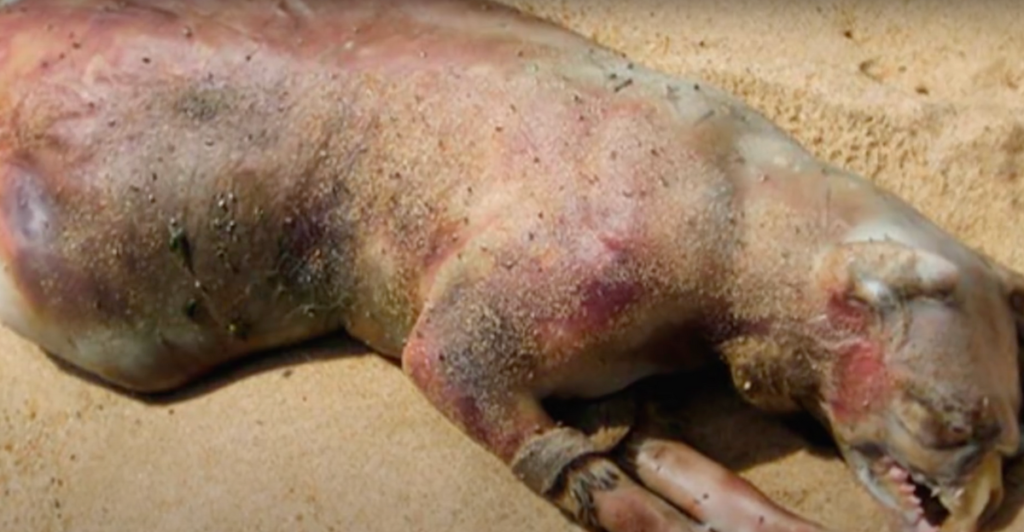
Modern science can sometimes cross moral boundaries, raising important questions about the role of ethics in scientific advancement. As technology advances, we must carefully consider the consequences of our scientific experiments, even if they are for a “greater, scientific cause”.
Discover more of our trending stories and follow us to keep them appearing in your feed
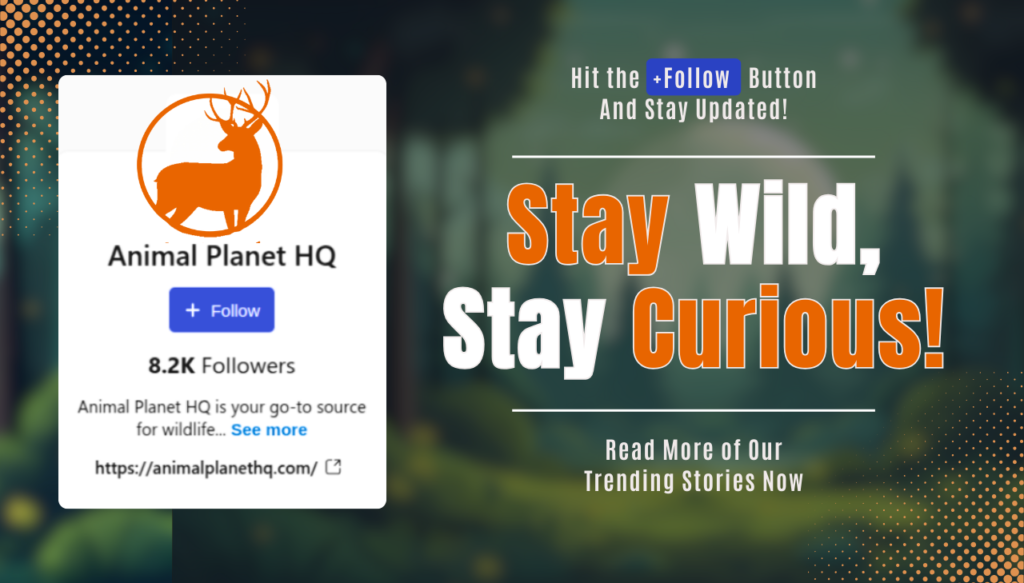
Scientists Are Bringing Back The Wooly Mammoth
Mutant Wolves of Chernobyl Show Incredible Resistance to Cancer – How Did They Adapt So Quickly?
13 Dog Breeds That Will Defend Humans No Matter What
8 Rarest Species of Wolves and Where to Find Them
References:
Reference 1
Reference 2
This article first appeared here
Stay connected with us for more stories like this! Follow us to get the latest updates or hit the Follow button at the top of this article, and let us know what you think by leaving your feedback below. We’d love to hear from you!







